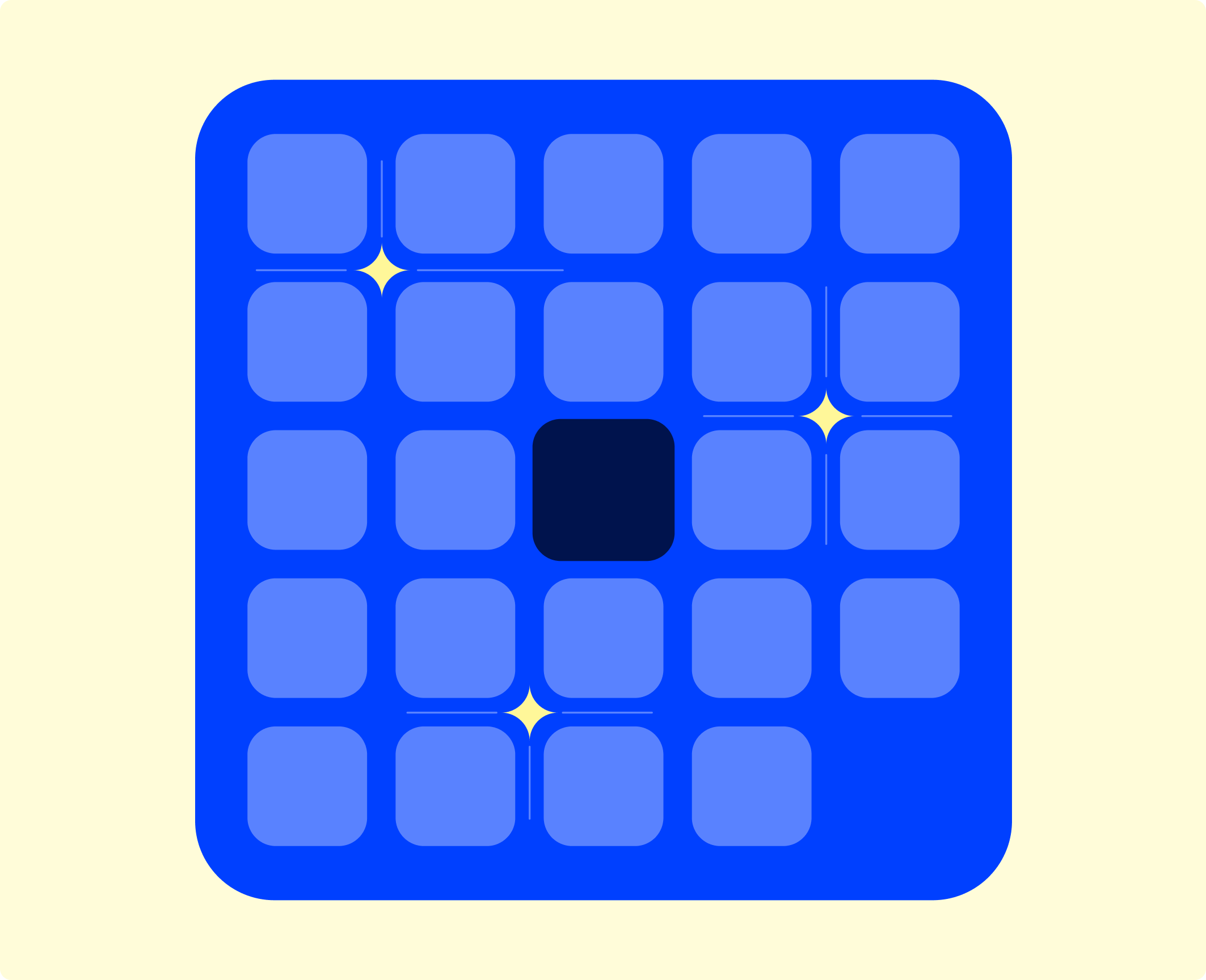
Companies couldn’t possibly lift-n-shift their legacy applications into the public cloud – the architecture of on-prem apps was not compatible with that of cloud-native. In a similar vein, it will be almost impossible for companies to lift-n-shift legacy applications into the new world of GenAI. Entire user experiences have to be redone because of real time AI suggestions, for example. Similarly, natural language interfaces will require text2<*> culture within an enterprise. AI, therefore, has to be built-in, not bolted-on, within an essential company.
On real-time interventions
Essential AI needs to (a) discern, (b) deflect, and (c) deduplicate in real time, which means it must work at the speed of human keystrokes. And that in itself is a profound challenge in user experience and low latency engineering. Therefore, it becomes that much harder to retrofit AI into legacy applications.
Discern would be about auto-cluster, auto-classify, and auto-complete work items and human input. Similarly, deflect would be about recommending, routing, and summarizing work items with no human in the loop. And finally, deduplicate would be about retaining the provenance of merged records, as also active deflection of work items currently being created.
Natural language everything
Essential AI argues for natural language interfaces for everything: text to SQL, text to visualizations, text to APIs, text to legacy apps, and text for all managers who up until now were at the mercy of data teams for even the most basic dashboards and ad hoc queries.
Copilots, semantic search, and goal-oriented bots
The essential company is continuously crawling and indexing every document, knowledge base article, technical documentation page, and blog post to ensure that the focus of the organization moves from Slack (or Teams) channels to semantic search via LLMs. As we’ve mentioned before, this improves flow and deep work durations during the day in the life of a knowledge worker.
The Essential Methodology also argues for reducing human work by getting intelligent bots to look up legacy systems, execute workflows, and notify people. Goal orientation in AI bots entails routing natural language intent to bot skills, which in turn have deterministic workflows attached to them.



